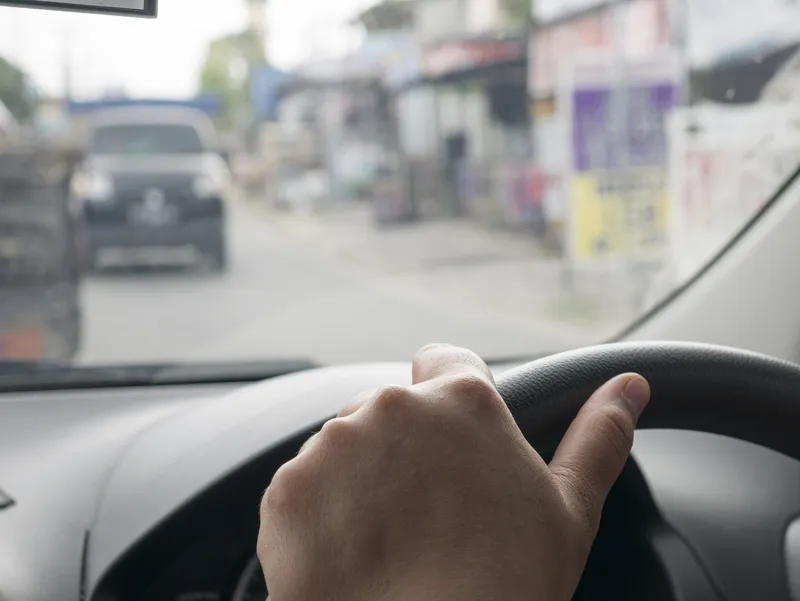Visitors to the company’s booth can see a range of proven solutions, including Telegra’s TopXview, a complete AI-based ITS platform with big data analytics, that is smart city and cloud ready, App / NAV / V2X friendly, and supports complete TMC operations. It operates with current and upcoming ITS technologies (such as cloud computing and CV/AV). TopXView uses big data fusion and artificial intelligence processing to provide situational awareness. It also enables visualisation of traffic conditions, incident detection, executive and communication actions for traffic and incident management.
Also being highlighted on the company’s booth is Telegra’s XAID Video Analytics, a system with artificial intelligence and machine learning that has been successfully applied in traffic video analysis and achieved a 75% less false alarms ratio and 100% better detection accuracy than standard.
Telegra is also demonstrating its NextGen Series 3, a new generation of dynamic message signs/variable message signs (DMS/VMS) technology. The company says it is the only legitimate information dissemination system for drivers that does not require periodic maintenance.
Booth 635
Telegra showcases TopXview
Telegra is here at ITS America Detroit with a range of ITS solutions that provide better utilisation of existing resources and deploying new technologies in understandable, yet safe and future-proof ways. As the company points out, this is of real value in a world of rapidly evolving information technologies, and even faster growing traffic problems. As one of the leading ITS solutions providers in the world, Telegra says it has unmatched expertise built on 25 years of continuous focus on innovation, and
June 6, 2018
Read time: 2 mins








